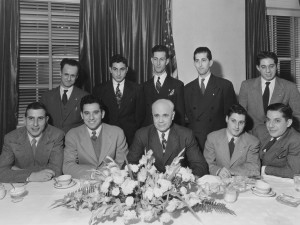Angioplasty advance: Drug-coated balloon helps keep leg arteries open, Metro Health doctor says

WYOMING, MI – A Metro Health doctor who has pioneered treatments to clear blockages in leg arteries is putting into place another breakthrough technology.
Dr. Jihad Mustapha, a cardiovascular specialist, is one of the first physicians in the U.S. to use the new device, Metro Health announced this week.
The technique involves using balloon angioplasty to open a narrowed artery. In this case, the balloon is coated with the drug paclitaxel, previously used as a chemotherapy drug, to prevent blockages from recurring.
Mustapha called the new approach a “game changer” for patients with peripheral arterial disease, a circulatory condition in which narrowed arteries block blood flow in the arms and legs. In its most advanced state, PAD can lead to critical limb ischemia. Patients suffer severe pain, wounds that don’t heal and sometimes require amputation of the limb.
Related: Doctor debuts new device to unblock leg arteries
• Here are signs of peripheral arterial disease and how to reduce your risk
Mustapha specializes in developing techniques to unblock the arteries. In March, he was the first in the world to use a new device to reach the tiny blood vessels in the lower legs. However, he said PAD can continue to progress after treatment, according to a statement released this week.
“Simply put, once we re-open a vessel, the body can overcompensate for the repair by sending new tissue to close the vessel again,” he said.
Mustapha went to Washington in June to test the effectiveness of the new device, called a Lutonix 035 DCB, Metro Health officials said. He first opened an artery with a traditional balloon angioplasty. He then used the new, drug-coated balloon to fully open the artery and apply the drug to artery wall.
Two patients have been treated at Metro with the new technique.
“Research shows that vessels treated with the Lutonix DCB remain open significantly longer, helping patients avoid the costs, inconvenience and discomfort of repeated procedures,” Mustapha said. “Over time, the device will allow us to treat more patients, thus helping them remain active and engaged with their lives and families.”
October 15, 2014




